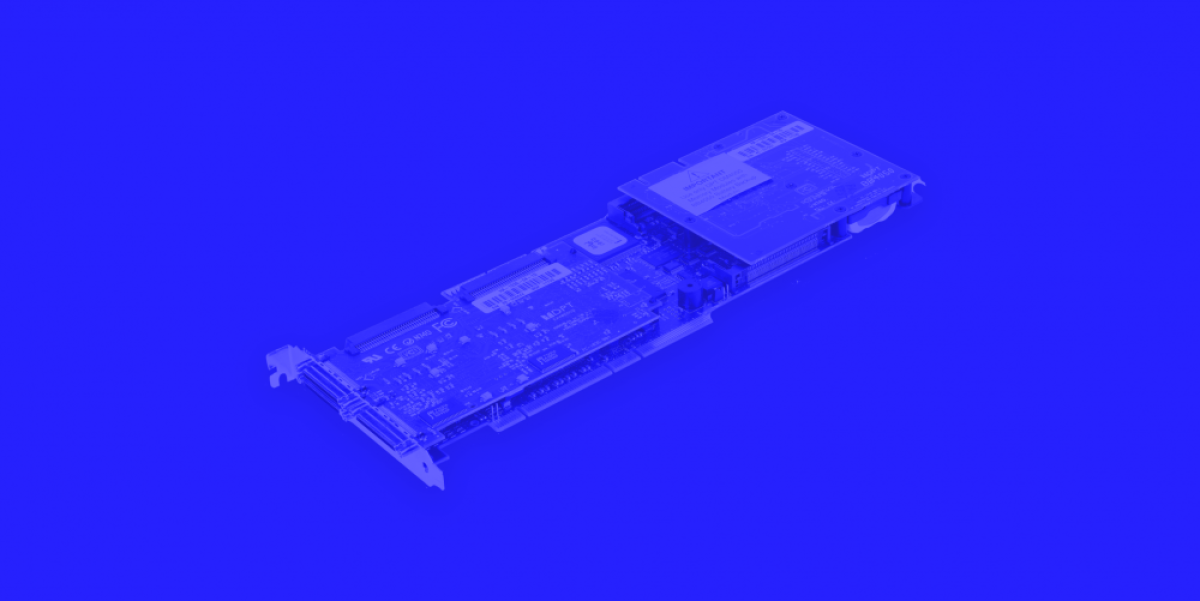
 购物车
购物车 


For any business, be it a small, medium or large business, data is considered to be a valuable asset. Entrepreneurs are very keen in choosing a right system and infrastructure to manage their online applications but they fail to implement a system for data protection. A data loss equals a business loss. Hence, entrepreneurs should ensure data protection by adding RAID to the storage configuration.
Why Is RAID So Important?
Every business need to store an enormous amount of client data, confidential information and many more. If you are storing them in a multiple drive without utilizing RAID, there are chances of data loss due to a disk failure. You may defend telling, you have a regular backup. Still, there are chances of backup failure due to a sudden unpredicted failure the in hard drive. Implementing RAID is an indispensable option to ensure data protection and data accessibility without interruption.. RAID additionally serves as a performance booster too.
Things To Consider When Choosing A RAID Level
There a wide range of RAID levels with different functionalities. It is important to choose a right RAID level considering your business requirements. Choosing a wrong RAID level might land you in trouble. Let’s explore the criterias to be considered when choosing a RAID level.
Capacity
Each RAID level incorporates different net usable space after accounting for RAID overhead. If capacity is your primary concern, you should be keen in choosing a right RAID level.
Performance Requirements
Each application on your system is unique and set for a different purpose. Hence, it is important to choose a RAID level that matches your workload.
Reliability
Choose a suitable level that matches your system availability requirements, if your business is keen in ensuring less downtime.
Cost
A highly redundant array will be expensive whereas an average speed redundant array cost less. It is necessary to opt for an array that balances cost and performance.
RAID Levels
You cannot opt for one-size-fits all approach when choosing RAID as one factor usually comes to the detriment of another. Some RAID levels can be utilized for performance but not for redundancy. Similarly, you can utilize some RAID levels for redundancy but not capacity and the functionalists differ in terms of cost too.
Let’s take a look on different RAID levels and how they cater your business requirements.
RAID 0
RAID 0 configuration offers maximum performance at low cost. As there is no RAID overhead all drives can be combined to a single logic disk. They also provide excellent capacity with 100% utilization. The main disadvantage of RAID 0 is that there is no data protection. A failure in a single drive results in a total data loss.
RAID 1
RAID 1 is commonly referred as disk mirror as it duplicates data in two seperate drives. Data is drive 1 is mirrored to drive 2. Since drive 2 maintains the clone of drive 1, capacity is utilized to 50% of the drives available. In short, RAID 1 ensures data protection, but no performance and capacity. RAID 1 is suitable if there are no capacity or performance requirements, but when the user requires 100% security for the data and this makes RAID 1 little expensive than RAID 0.
RAID 5
RAID 5 uses 3 or more drives in an array and also distributes parity data across all drives to improve reliability. RAID 5 outstands in the capacity as the parity drive always require one drive capacity less than the total number of drive in the configuration. It is possible to retrieve data from other drives if any one of the drives fails. However, it is not possible to recover the data, if there is a failure in both the drives. RAID 5 offers a great performance when reading data. On the other hand, low performance while writing as the system should be done with the writing of data block and parity data, right before the completion of an operation. Due to its high performance and reliability, it is expensive than RAID 0 and RAID 1.
RAID 10
As the name suggests, RAID 10 is a combination of RAID 0 and RAID 1 offering the benefits of RAID 0 in terms of performance and RAID 1 in terms of reliability. It is to be noted that RAID 10 is expensive as it needs a maximum of 4v drives and capacity utilization is 50% of the available drives. Overall it offers great performance and data protection with zero parity calculations.
RAID 6
RAID 60 is more or less similar to RAID 50 except it offers more redundancy. It is useful for very large capacity servers, especially for those do not require backup.
If you’re still confused to choose a suitable RAID level for your business here are a few simple tips. As RAID 0 offers no data protection and RAID 1 performs slower than RAID 5, 6, 10 they do not suit business needs. RAID 5 and RAID 6 are ideal for small to medium business where you can enjoy the increased performance and storage configurations at low cost. RAID 10 is a good option for a large business with a large budget and you can enjoy maximum benefits.
